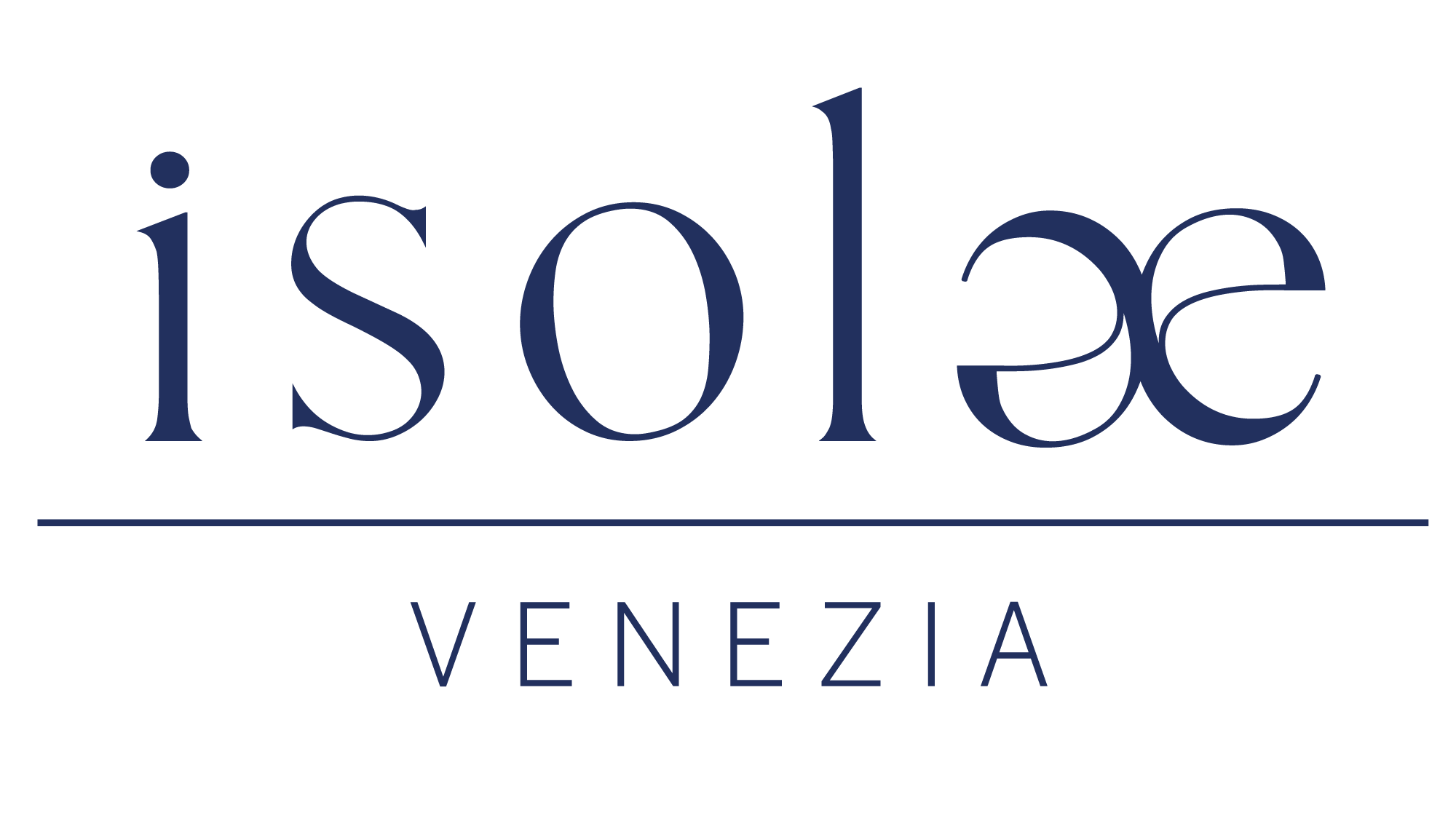Mundus Isolæ
Our history
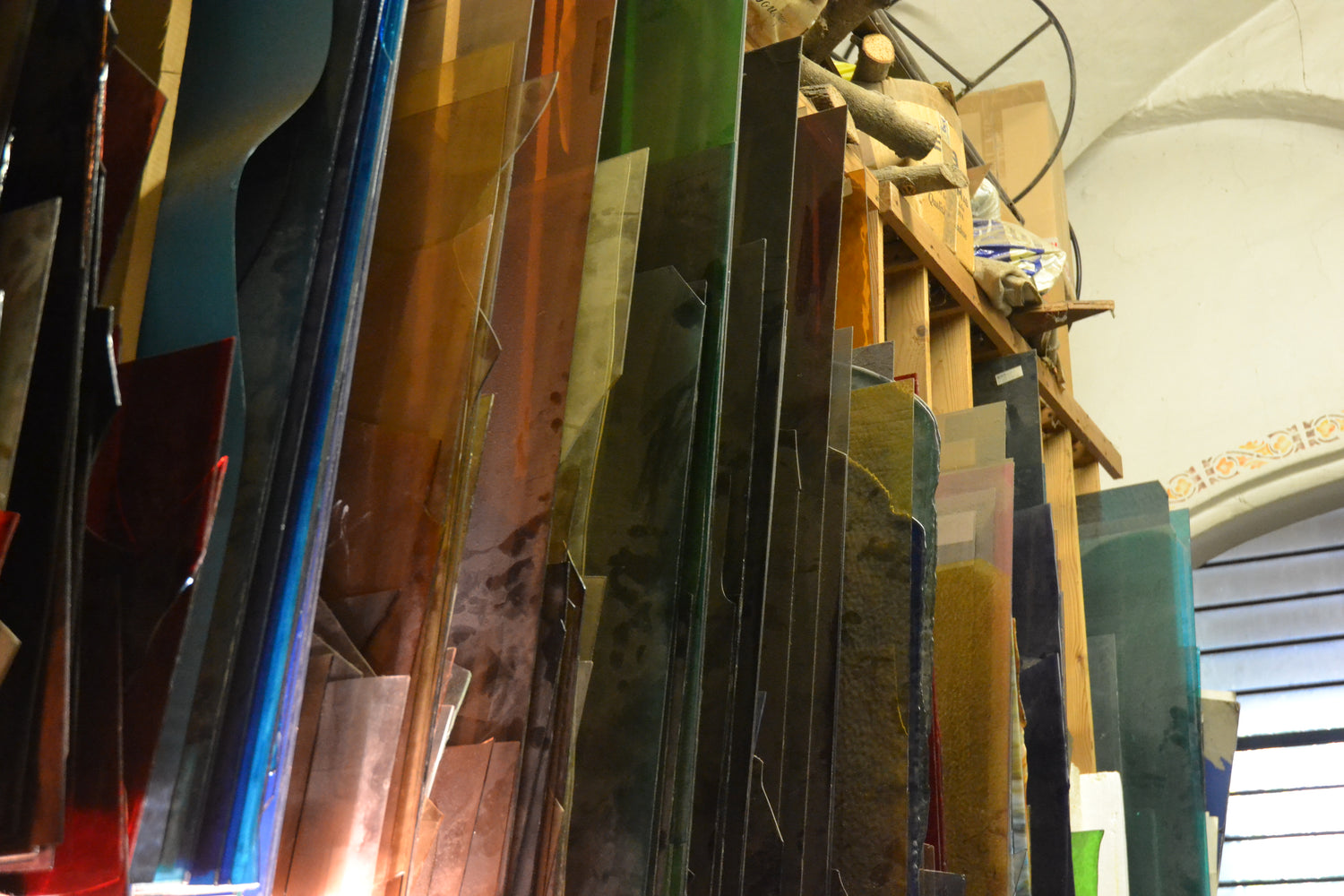
The project
Our project comes from an idea and a drawing. The goal was to create a simple and at the same time refined object, capable of delicately filling the void left by our animal friends. We chose the cube for its essential lines and for the idea of order that this shape manages to restore.
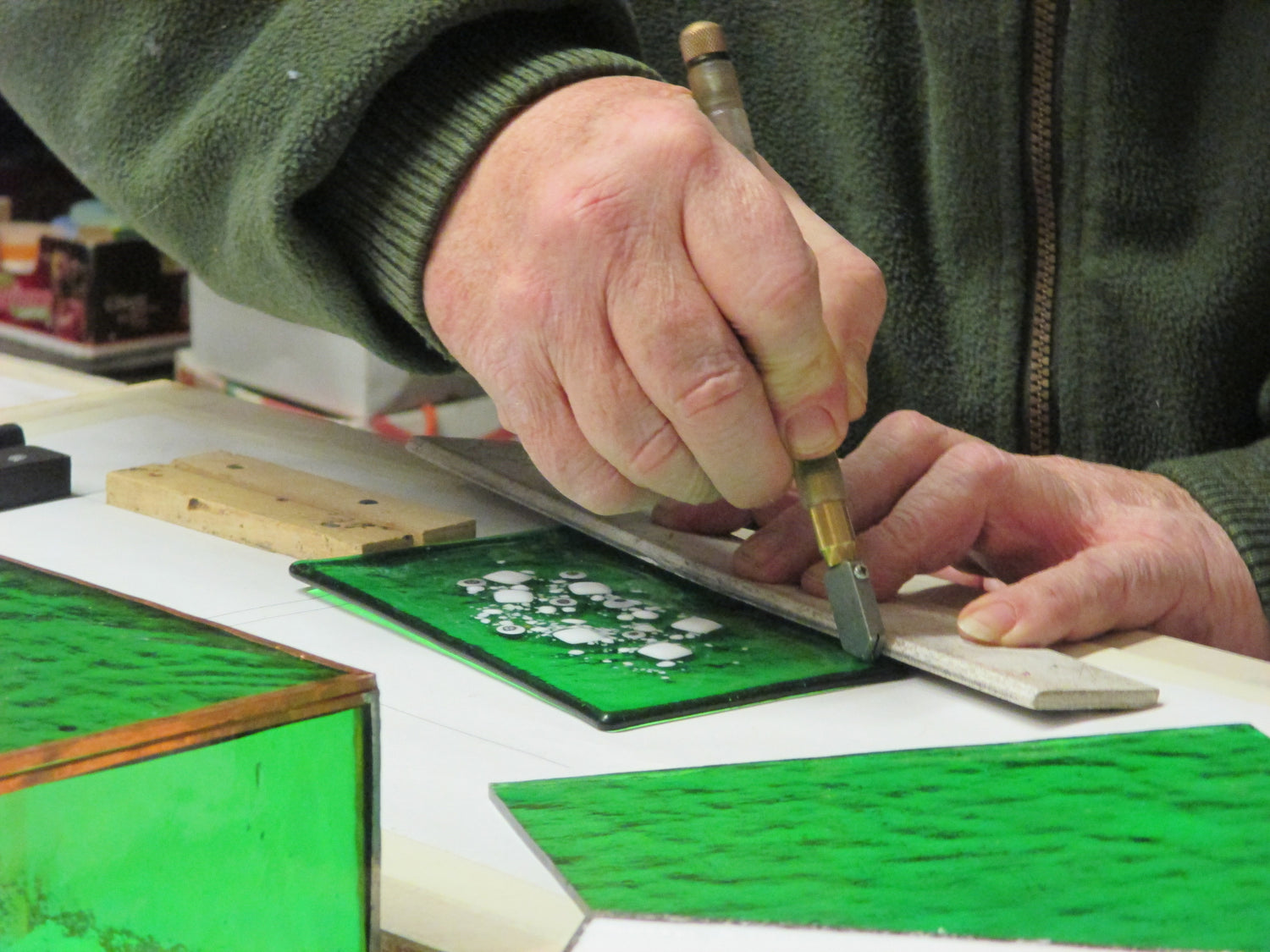
The Processing
The ISOLÆ urns are made by the master glassmaker through the Light Window: this particular technique involves the creation of colored glass through the use of various glass pastes and lead thicknesses, this is how the typical nuances and transparencies of the glass emerge without resorting to aid of painting.

The Murrines
Typically Venetian decorations, called murrine, are applied to the surface of some of our urns. By murrina we mean colored decorations made in a glass tube that become visible when the tube is cut into sections.
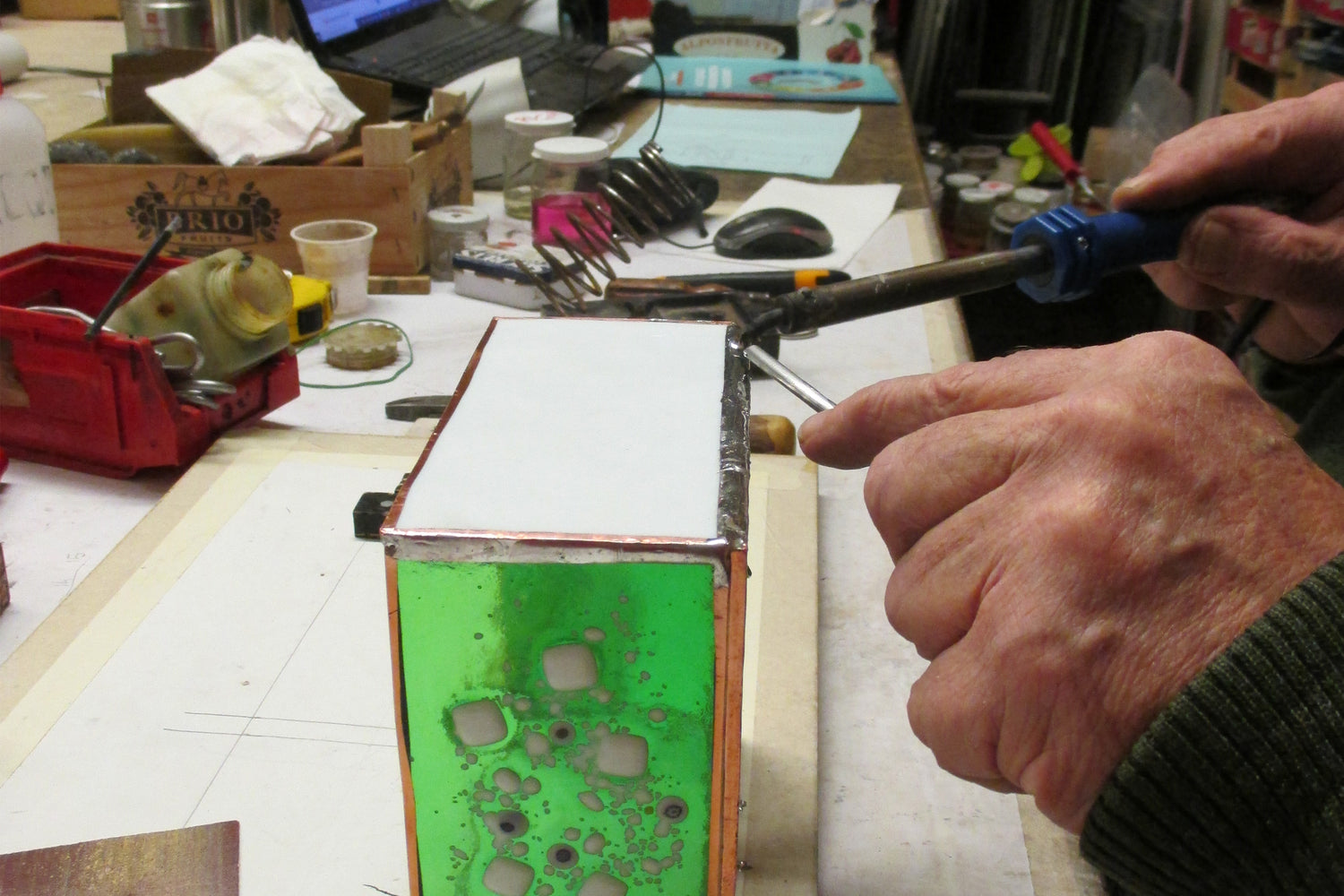
The various glass tiles, cut by hand, are linked together using lead and welded at the joints with a tin alloy which guarantees resistance and makes the system long-lasting. As a last step, small glass stones are added which serve as the base of our urns.
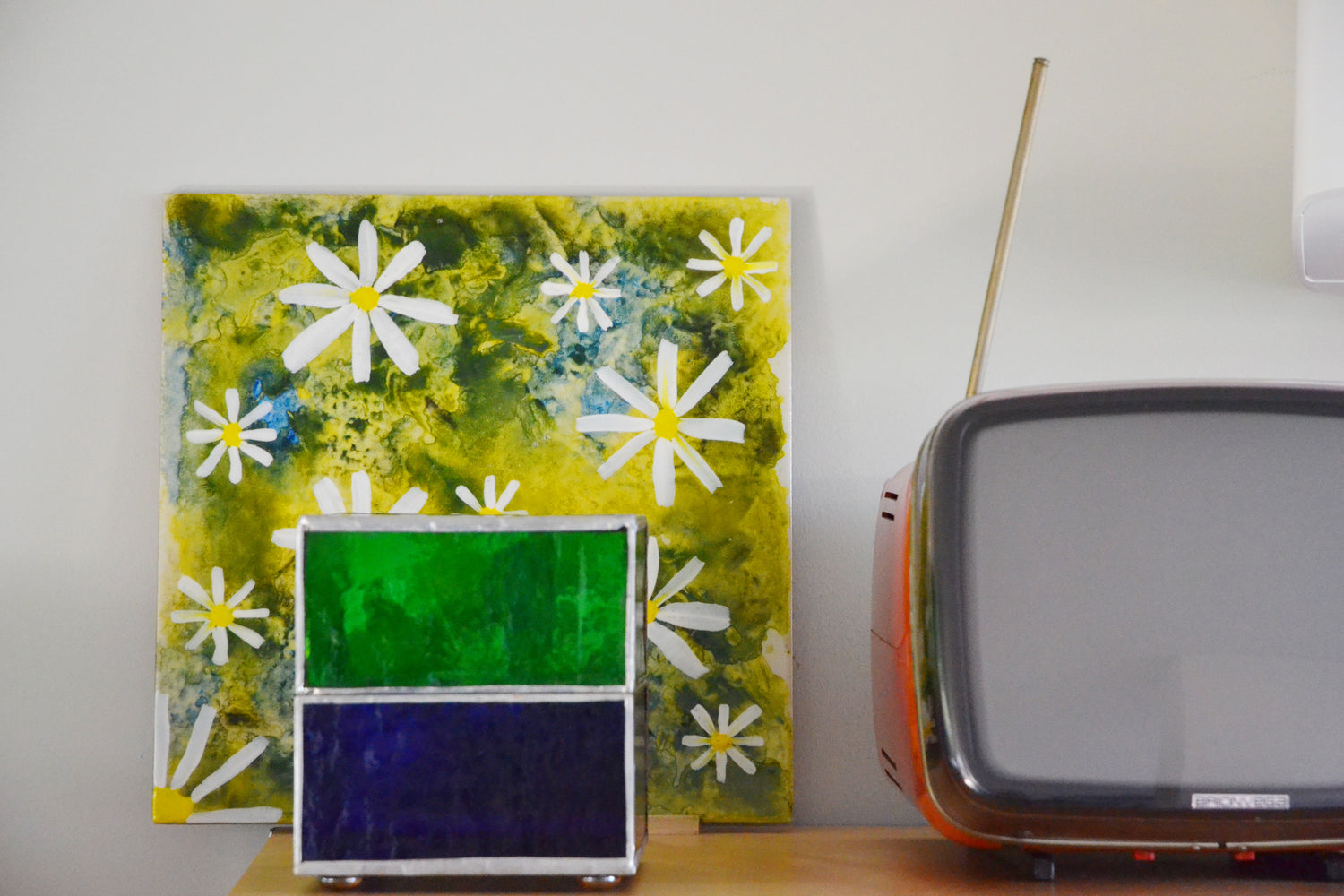
Our Urns
The final product is designed to occupy the most diverse spaces within the home: from a shelf to a bookcase, any point that can shed light on the memory of our animal friends.
In the photo, the urn was placed in front of a field of flowers in memory of the love that our island had for nature and the outdoors.
Extraordinary things happen on the islands, such as in Venice where the millenary art of glassmaking has been handed down for generations. It is for this imagined and concrete nature that in our opinion the island best represents those who are no longer there: many islands connected to each other by the beauty and immensity of the water, seas and oceans.
Glass in Venice
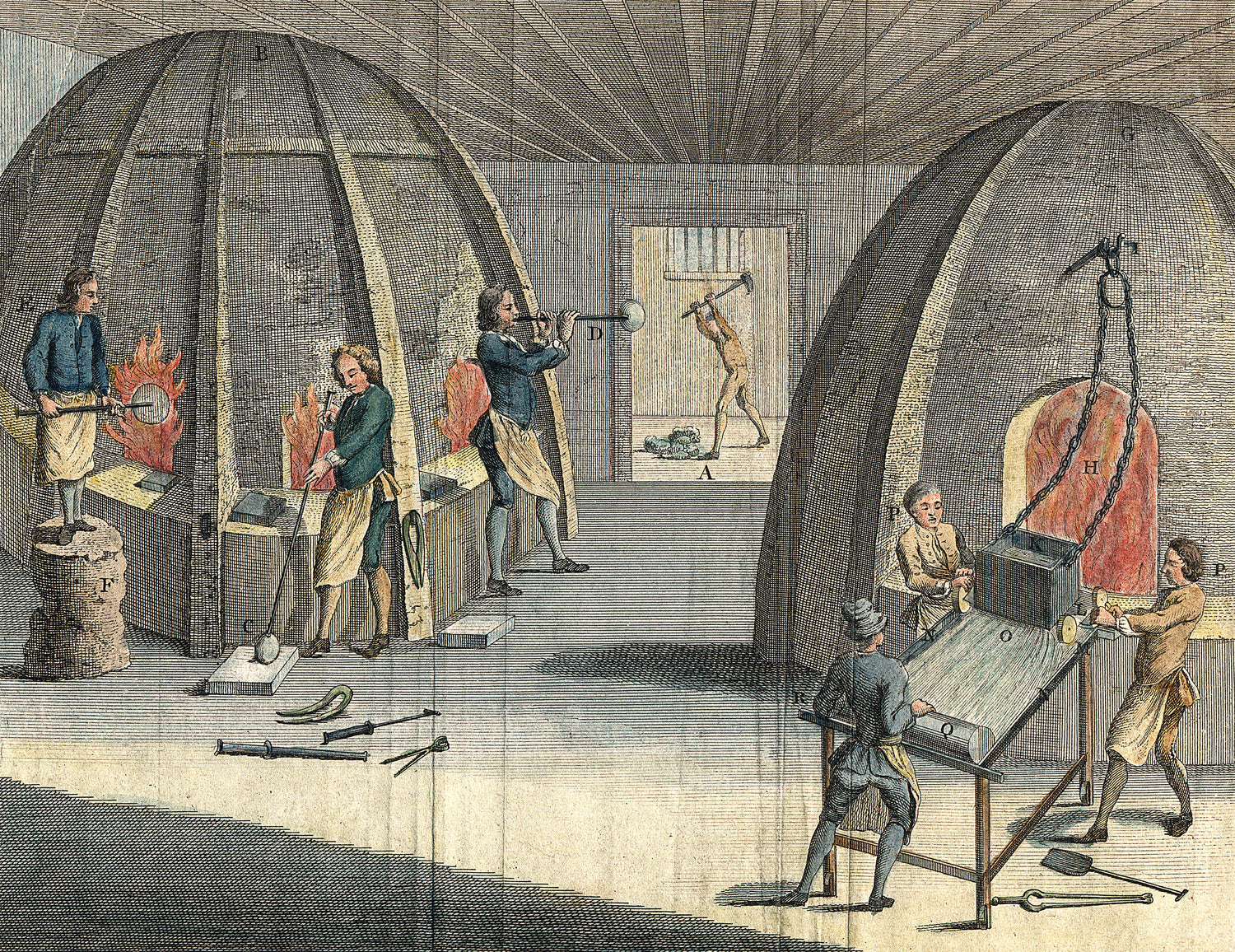
History
The first evidence of glass manufacturing in Venice dates back to the 6th-7th century AD. From that period on, the history of Venice is inextricably linked with the world of glass manufacturing and trade. Venice, since its foundation, represented not only the meeting point between West and East but also the land of refuge for those fleeing the barbarian invasions. This means that new and old knowledge, different cultures and activities met and clashed in the Venetian lagoon.
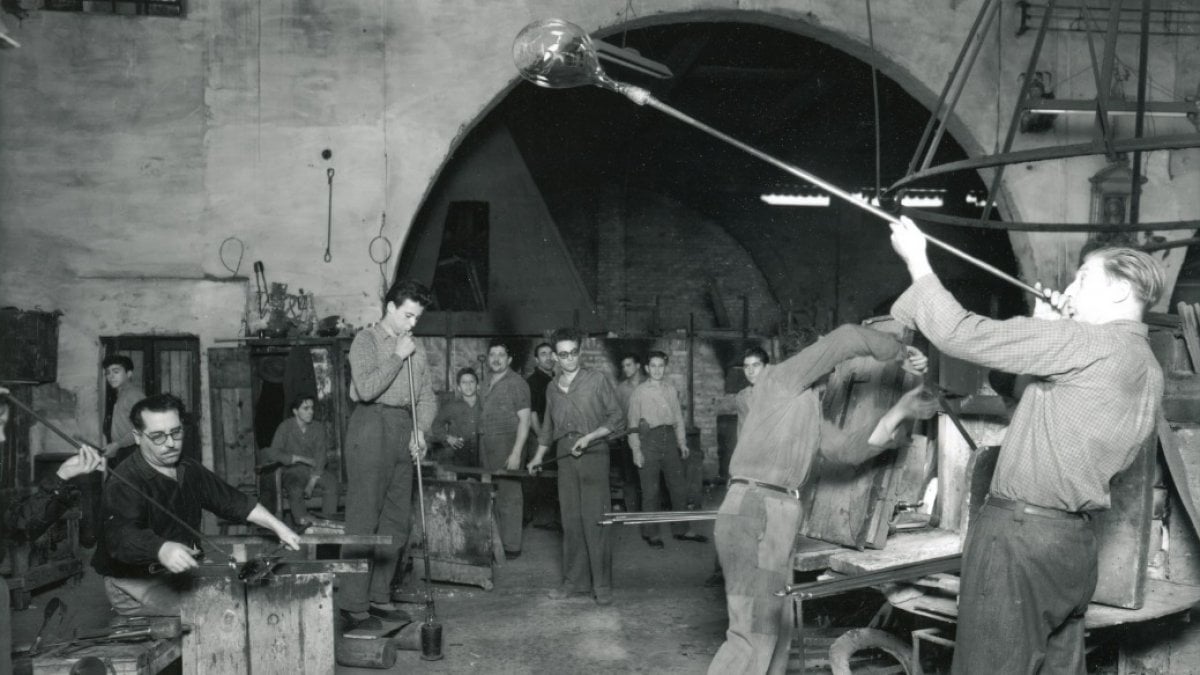
Among these, the production and marketing of glass already covered a fundamental role and over time, thanks to the concentration of furnaces and skilled craftsmen on the island and the development of new and innovative techniques, Venice became famous all over the world, especially among the XV the XVI century. The importance of Venice in this sector lay not so much in the island's availability of resources useful for the production of glass, but rather in the concentration of glass masters who preserved and developed knowledge and techniques.
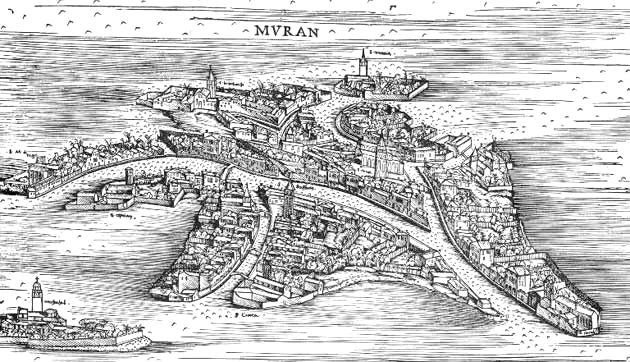
Murano, the island of glass
In 1291, the Doge of Venice issued a measure to move all the furnaces from the center of Venice to the island of Murano; the decision had two main reasons: to avert the danger of fires in the city center and to isolate the master glassmakers to preserve and control the diffusion of craft and technical knowledge.
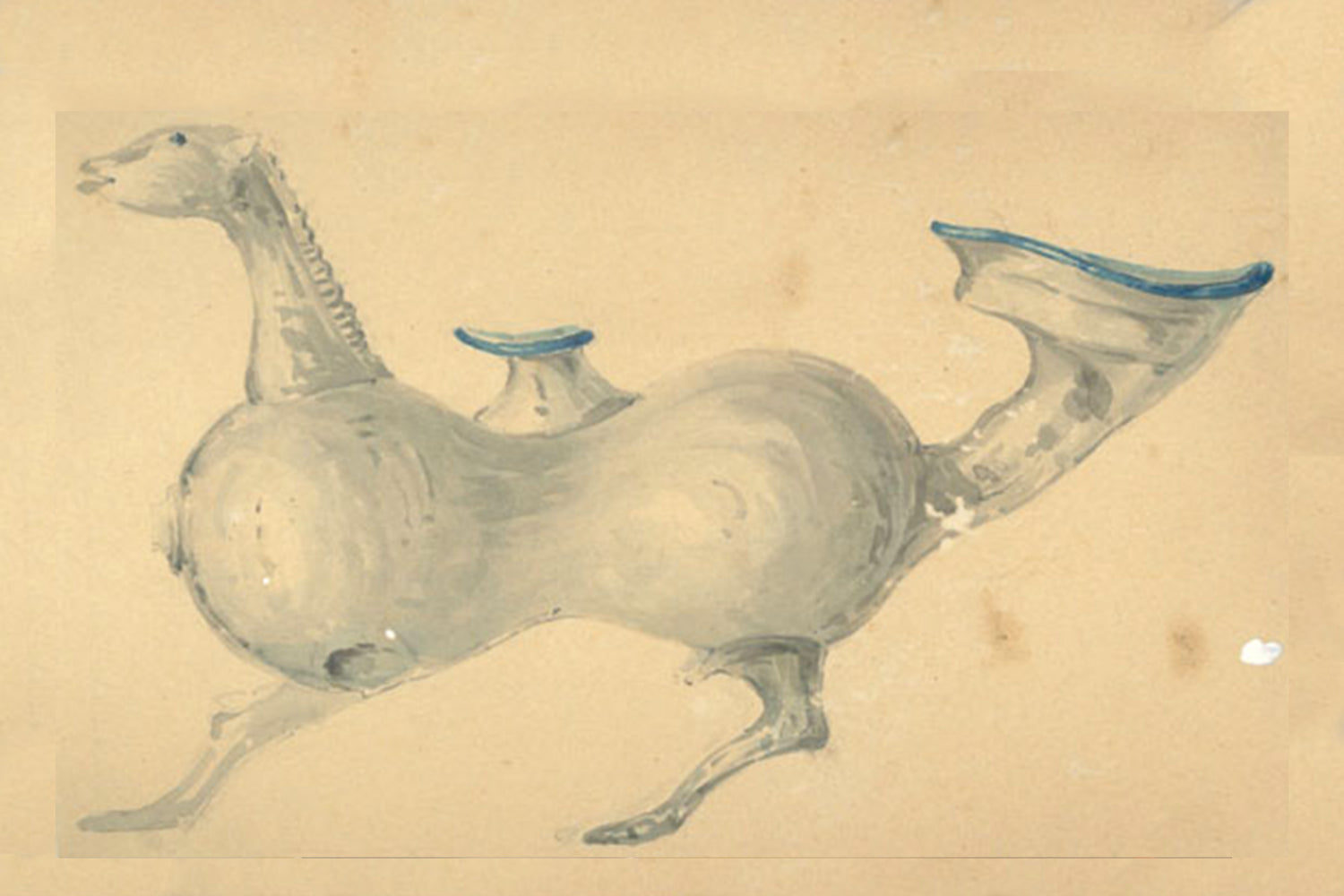
The recipes and glass working methods developed by the Venetian masters were handed down from father to son, from master to pupil but they could not leave the island. The extraordinary techniques that made Venice the commercial hub of glass worldwide were shrouded in a cloud of mystery for a long time.
The attention and dedication of our master has led to the creation of urns of refined beauty and extraordinary workmanship.
Discover our products below
